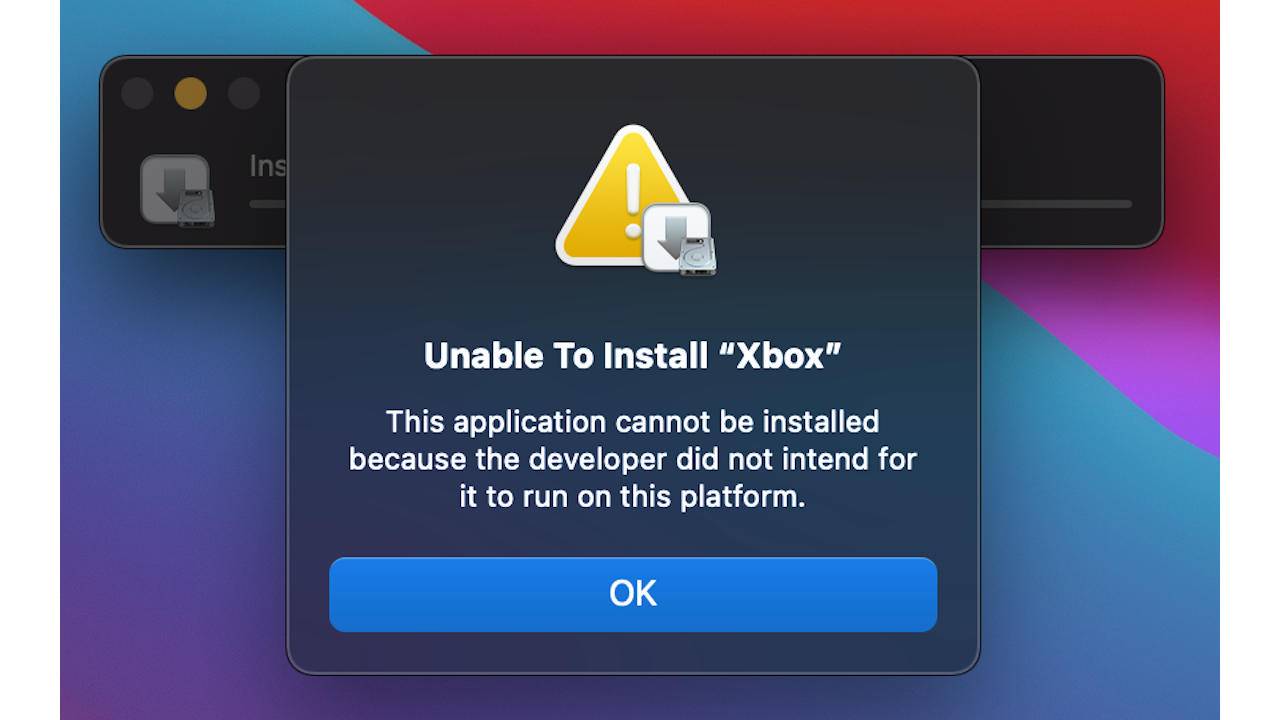Apple Spring Event
26 Apr 2021- Details
- Created: Monday, 26 April 2021 01:14
- Hits: 1697
/article-new/2020/10/iphone-12-5g.jpg?lossy) The iPhone 13 lineup may expand faster mmWave 5G connectivity to more countries outside the United States, according to Taiwanese supply chain sources cited by Patently Apple. The report claims that a Taiwanese company called Qiqi is in the process of receiving a "large order" for mmWave antennas destined for the iPhone 13 lineup, which may explain Qiqi chairman Xie Hongbo's announcement that the company's 5G-related component shipments would increase significantly this year. Apple's mmWave antennas are currently manufactured by Japanese company Murata Manufacturing, which will apparently share orders with Qiqi for the iPhone 13.
The iPhone 13 lineup may expand faster mmWave 5G connectivity to more countries outside the United States, according to Taiwanese supply chain sources cited by Patently Apple. The report claims that a Taiwanese company called Qiqi is in the process of receiving a "large order" for mmWave antennas destined for the iPhone 13 lineup, which may explain Qiqi chairman Xie Hongbo's announcement that the company's 5G-related component shipments would increase significantly this year. Apple's mmWave antennas are currently manufactured by Japanese company Murata Manufacturing, which will apparently share orders with Qiqi for the iPhone 13.
Apple supplier Wistron reportedly invested in Qiqi, becoming its single largest shareholder, thereby helping to bring it into the iPhone supply chain for the first time. Qiqi apparently cooperates closely with Qualcomm on 5G and Wi-Fi 6 components, which was a key factor in the company being selected by Apple for mmWave parts.
In the United States, all iPhone 12 or iPhone 12 Pro models feature both mmWave and sub-6GHz 5G. While mmWave is a faster form of 5G, it is less widespread and penetrates less well than sub-6GHz 5G, so the iPhone 12 features the ability to take advantage of both, depending on which is available. Outside the U.S., however, the iPhone 12 lineup only features slower sub-6GHz 5G.
The news that Apple is looking to order a large number of mmWave antennas and double its suppliers for the component may signal that iPhone 13 models will feature faster mmWave technology in more regions. Countries such as the UK, Germany, Canada, China, and Japan all have growing mmWave networks and would be able to benefit from faster 5G with the iPhone 13.
Moreover, the report notes that Qiqi is the market leader in designing antennas for laptops, which Apple could take advantage of to add 5G connectivity to a MacBook at some point in the future. For now, however, Apple's large order from Qiqi will reportedly support iPhone 13 lineup only. src
Well I am planning to finish adding phones to the M-compare I might rename that lol and also looking for more Bitcoin services to add as well as games! I want to add games to the site, something to do .. 24/7 radio ans streaming news is coming as well so all good things :) hope you dig the site .. its going to grow
what have I added .. Secret message ! write something and scramble it, NET Speed Tester and Mobile Compare
 I don't know about you .. but I certainly do not like this ..
I don't know about you .. but I certainly do not like this ..
Apple’s M1 Silicon opened the doors for more iOS and iPadOS apps to run on macOS beyond the very few supported by Mac Catalyst on Intel-based Macs. Unsurprisingly, some consider the doors still not opened wide enough as some apps are still unavailable from the Mac App Store. That has pushed some to look for a workaround that allowed them to install almost any iPhone or iPad app on M1 Macs. Unfortunately for them, Apple has now closed that window, perhaps for good.
It might boggle the mind why some M1 Mac owners would want to sideload iOS apps when iOS apps are supported on the new ARM-based computers. The reason pretty much boils down to why Mac users also “sideload” apps outside of the Mac App Store, at least for apps that are not available from Apple’s sanctioned store in the first place. That is to say, not all iOS and iPadOS apps are available for installation on M1 Macs.
Although M1 Macs are technically capable of running them, Apple gave developers the option not to have their iPhone apps listed on the Mac App Store for one reason or another. Perhaps they have a dedicated Mac app already or simply don’t want to support that use case and the potential headaches it may bring. Unsurprisingly, a few enterprising power users have found ways to work around that, using unsanctioned tools to sideload those apps.
Apple was, of course, unamused and has now pushed a server-side update that effectively blocks that possibility. Users who try to sideload unsupported iOS apps on M1 Macs will be met with a failure message if they’re on macOS 11.1 Big Sur. Those running the beta version of macOS 11.2 will be shown a more descriptive explanation.
That said, if you were lucky enough to have installed such unsupported iPhone apps before this, those will still work as long as the app remains installed. Given how the change was implemented, 9to5Mac believes that there will be no way to work around this safeguard, at least not without some serious hacking.
https://www.slashgear.com/apple-m1-macs-can-no-longer-sideload-iphone-ipad-apps-17655585/